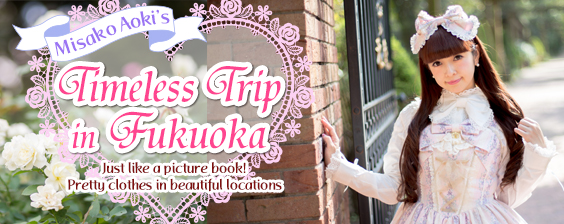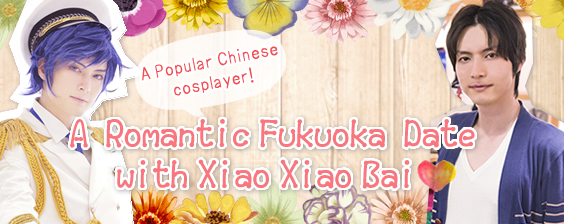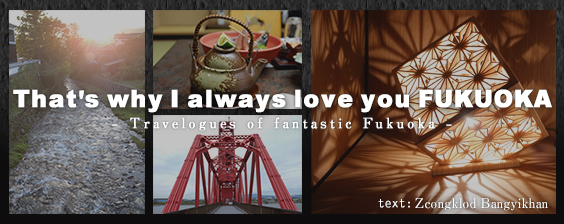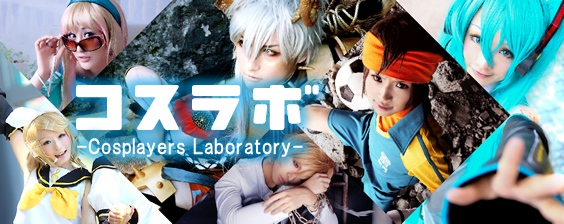[ICON] Yonehara Yasumasa - Cheki Wielding Photographer and Spokesman for Youth Culture(2/3)
We need to start thinking for ourselves. Japan is in a dangerous place right now.

ab:You seem very practical about everything. Would that be correct?
Yonehara: I guess I am. I really like young people and generally, I hate it when adults try to understand me. I don’t care if you don’t understand me; I just want you to accept me as I am. I hate the way a hard-core punk band will sign to a major label and be forced to change their style to make them more easily accessible to an adult audience. “egg” and “aufoto” were all about portraying things as they are. What I’m trying to say is, if you like something, you like it, if you don’t, you don’t. In the end it doesn’t matter if you like it or not, but if you do things the way you want them done the outcome is going to be much more expressive. Even if adults can’t understand the things you say or the things you create, they should at least be able to accept them. Expression of self can often be regarded as being too forward, but I think that’s only in Japan. Overseas everyone is self-assertive and everyone directly answers with “yes” and “no.”
ab:I guess that is a bit of a tendency in Japan.
Yonehara: The number of Japanese who don’t know anything about foreign countries is increasing. At the same time though, it’s like we all have to regard America as No.1. In Japan we have a culture of being patriotic towards our individual hometowns, but I don’t think that’s such a good thing. I wonder if we’re not losing the ability to think for ourselves. If you only ever speak from the point of view of your region, your ideas and opinions narrow significantly. Right now China and Korea have a very close social proximity to Japan, so if you were to closely look at how you differ from Chinese people or how you differ from Korean people, you’re bound to figure out just what it is that makes you Japanese. But I think Japan is in a dangerous place at the moment and we really have to learn to think for ourselves.
"Kogyaru" were the first girls to declare that they didn't need to be accepted by men.
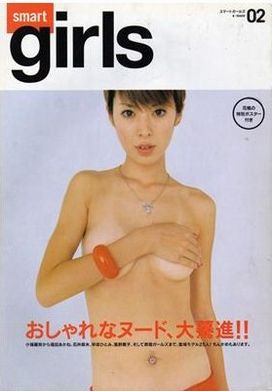
ab:You’ve been taking photos of girls for a many number of years now. In your opinion, how have Japanese girls changed over the years?
Yonehara: Japan is very much a men’s society. There’s an expectation of how men should act: “once you turn 18 you have to be this way,” or “once you graduate college you have to do this,” etc. But women’s role in society is different. There is an expectation to some degree about how they should act and behave, but it’s not like the old days anymore when they were told to aspire to be “Yamato Nadeshiko” (the ideal Japanese woman). Women these days wield a lot of freedom and are virtually free of social constraints. The surfer boom of the 80s was of course a male dominated culture and the women who took part really stood out.
Yonehara: Japan is very much a men’s society. There’s an expectation of how men should act: “once you turn 18 you have to be this way,” or “once you graduate college you have to do this,” etc. But women’s role in society is different. There is an expectation to some degree about how they should act and behave, but it’s not like the old days anymore when they were told to aspire to be “Yamato Nadeshiko” (the ideal Japanese woman). Women these days wield a lot of freedom and are virtually free of social constraints. The surfer boom of the 80s was of course a male dominated culture and the women who took part really stood out.
In 1992 “kogyaru” sub-culture emerged and it was these kogyaru who were the first girls to openly declare, “we don’t want to be part of it (male society) anyway.” Men can’t make such a statement but I thought it was cool that these kogyaru were able to assert that they didn’t care if they weren’t accepted by male society.
After kogyaru came “urahara” girls and accordingly, the magazine “mini,” which portrayed girls wearing men’s clothes made to fit women, and “smart girls,” which introduced girls to a new dimension of sexy. At that point I was already trying to find girls who had distanced themselves from male society. After that came the “109” girls and an almost complete disregard for the need for men at all. I was very much involved in the 109 brand at that stage. Now I guess it’s more about “dokusha” (amateur) models. You could probably say that the girls leading these movements are the ones who are constantly changing and trying to escape from this male dominated society.
ab:What’s the next girl’s movement you’ve got your eye on?
Yonehara: That’s a difficult one to answer. In the current climate there are a lot of girls who don’t spend money and even more who say they don’t really care about how they look. They have Uniqlo and that seems to be enough. So I’m not sure how these girls fit in with the bigger picture just yet. I think these groups who want to leave everything up to adults to decide and who don’t want to be categorized but just be left alone are increasing. Young people now say things like, “I don’t buy ‘things’.”
After kogyaru came “urahara” girls and accordingly, the magazine “mini,” which portrayed girls wearing men’s clothes made to fit women, and “smart girls,” which introduced girls to a new dimension of sexy. At that point I was already trying to find girls who had distanced themselves from male society. After that came the “109” girls and an almost complete disregard for the need for men at all. I was very much involved in the 109 brand at that stage. Now I guess it’s more about “dokusha” (amateur) models. You could probably say that the girls leading these movements are the ones who are constantly changing and trying to escape from this male dominated society.
ab:What’s the next girl’s movement you’ve got your eye on?
Yonehara: That’s a difficult one to answer. In the current climate there are a lot of girls who don’t spend money and even more who say they don’t really care about how they look. They have Uniqlo and that seems to be enough. So I’m not sure how these girls fit in with the bigger picture just yet. I think these groups who want to leave everything up to adults to decide and who don’t want to be categorized but just be left alone are increasing. Young people now say things like, “I don’t buy ‘things’.”
One thing that surprised me was how the fashionable and artistic types completely ignored “aufoto.”
ab:You’ve held a number of private exhibitions in various places over the years. What was your motivation behind this and what was the public reaction like?
Yonehara: When I put out “egg,” I always thought that it would be a big hit overseas. Up until “egg” people would come to Japan only to do photo shoots, but once “aufoto” was up and running, Matias, the president of Viennese camera company LOMO came to Japan and invited me to Vienna to display a collection of amateur photography and what was my first “aufoto exhibition.” I was certain that if I could show them Japanese expressions they had never seen before and cute girls they had never seen before, the international audience would surely take a liking to it. But to my disappointment, aufoto only ended up selling around 40,000 copies overseas. I really thought it would do much better. It was completely snubbed by the fashion and artistic community as well.
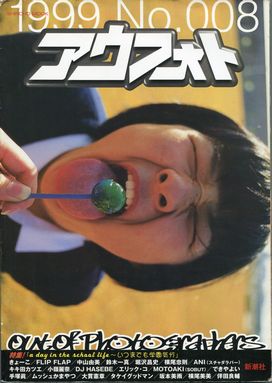
After that, “VICE” and a whole lot of other similar foreign magazines done in the same style appeared and all of a sudden everyone who had ignored aufoto up until then turned a new leaf and really jumped on board. One of the things I was trying to achieve with my work was a new way of portraying girls and fashion, and that’s exactly how it was received overseas. Japanese people chose to focus mainly on the erotic element, but overseas, they viewed this as a new expression of the female form and a new way of portraying fashion.
 Measures and provisions are being taken at various locations in an effort to prevent the spread of the new coronavirus.
Measures and provisions are being taken at various locations in an effort to prevent the spread of the new coronavirus.




